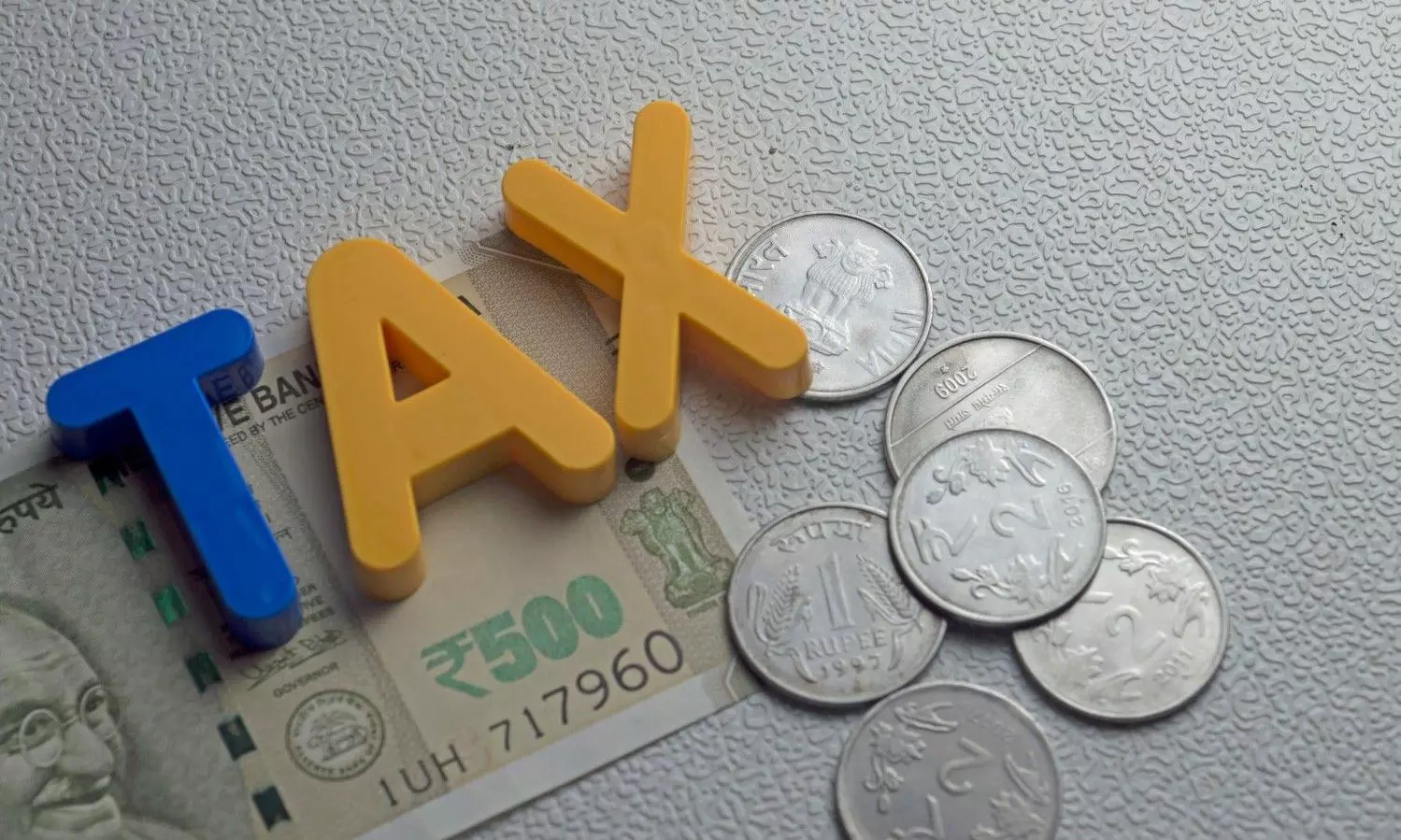
Four ways in which recent restructuring has altered tax dynamics
Tax base remains low, zero income tax filers are high, corporate tax collection has lost its primacy after FY20

The Centre has made fundamental changes to both direct and indirect taxes in the past few years. From the corporate tax cut of 2019 to a series of reliefs for the salaried class, making annual income of Rs 12.75 lakh tax-free, comprehensive simplification of the Income Tax Act of 1961, the promise to further amend it to boost investment and ease the regulatory burden and also the promise to restructure the GST rates downward, etc.
While the impact of the promised changes would be visible after a year or two, the changes already made have dramatically changed the internal dynamics of the tax system. Here are four such remarkable changes.
Also Read: Proposed GST reforms aren’t next-gen but design flaws introduced in 2017
Corporate tax loses primacy, GST rises
Within direct tax, the corporate tax cut of September 2019 (FY20) altered the equations between corporate tax and personal income tax. During FY12-FY19, it dominated direct tax collection with an average of 33.8 per cent of the Centre’s gross tax — which fell drastically to 25.9 per cent during the subsequent fiscals of FY20-FY25.
In fact, such has been the fall in corporate tax collections since (pre-pandemic) FY20 that personal income tax collection overtook it in FY21, FY23, FY24 and FY25 – and FY26 (BE) is budgeted to remain so.
The GST was introduced in the middle of FY18. Its collection too has surged, overtaking that of corporate tax in FY20, FY21, FY23, FY24 and FY25 — and budgeted to be so in FY26 (BE).
This is ironic since corporate entities are expected to generate more tax because of their economic size and capacity to pay, compared to personal income tax and GST, an indirect tax.
These changes can be attributed to three major factors: Corporate tax cut of FY20 and relief in income tax; the Centre’s push for GST to generate more tax to make up for the shortfalls in direct taxes and the three economic shocks of demonetization, GST and the overnight and unplanned pandemic lockdown.
Direct and indirect taxes switch places
A progressive tax system is one in which direct tax collection is higher than that of indirect tax (GST). Developed economies tend to have such a tax system. Indirect tax like GST is applicable to all, irrespective of their ability to pay — the cardinal principles of taxation.
Also Read: Centre to simplify GST, proposes 2-slab structure as part of next-gen reforms
Unlike those, India has had a long history of higher indirect tax collection. But this has changed. They have switched places twice since FY12 — once in FY17 and again in FY21.
These switchings can also be attributed to the interplay of the three factors mentioned earlier to explain the changing equations between corporate tax, personal income tax and GST in the Centre’s gross tax.
High zero-tax filers and low tax base
Raising the threshold for income tax liability is a very high number of people filing zero-tax liability returns. A FinMin reply to the Lok Sabha on February 10, 2025 shows, average of 65.7 per cent of those filing income tax returns (ITRs) during FY20-FY25 (up to December 31, 2024) had declared no taxable income.
Consequently, taxbase remains very low.
Also Read: Will the revised Income Tax Bill simplify laws and reduce litigation?
Using the yearly population count the National Accounts Statistics provide, the number of actual income tax payers (ITR minus zero-tax filers) fell from 2.7 per cent of the population in FY20 to 1.4 per cent each in FY21 and FY22, before climbing to 2 per cent in FY25 (up to December 2024).
Centre’s gross tax range bound at 10-12 per cent of GDP
As a result of tax reliefs and low tax base, the Centre’s gross tax has improved marginally — up from 10.2 per cent in FY12 to 11.7 per cent in FY25, which is budgeted at 12 per cent in FY26 (BE).
Neither the FinMin nor any other government agency has studied these changes. Once that is done new facets of the churning within the economy may emerge.

